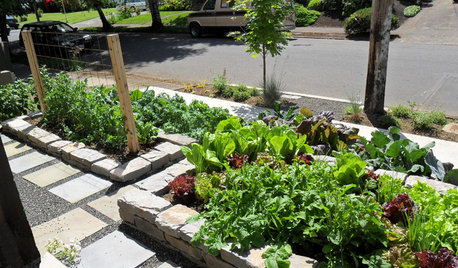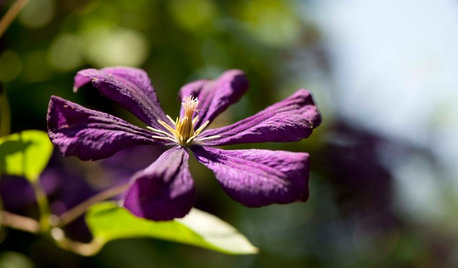Overapplied Sulfur for blueberries
subiej
11 years ago
Featured Answer
Sort by:Oldest
Comments (7)
fruitmaven_wiz5
11 years agofruitnut Z7 4500ft SW TX
11 years agoRelated Professionals
Havre de Grace Landscape Architects & Landscape Designers · Simi Valley Landscape Architects & Landscape Designers · Paradise Landscape Architects & Landscape Designers · Canby Landscape Contractors · Hollywood Landscape Contractors · Kaneohe Landscape Contractors · Nanuet Landscape Contractors · New Cassel Landscape Contractors · North Richland Hills Landscape Contractors · Post Falls Landscape Contractors · Rockland Landscape Contractors · Seven Hills Landscape Contractors · Woodburn Landscape Contractors · Maple Heights Landscape Contractors · Hueytown Landscape Contractorssubiej
11 years agoblazeaglory
11 years agofruitnut Z7 4500ft SW TX
11 years agosubiej
11 years ago
Related Stories

GARDENING GUIDESGrow a Beautiful Garden in Alkaline Soil
Got alkaline soil? Learn how to manage it and the many beautiful plants that will thrive in this ‘sweet’ soil
Full Story
FRONT YARD IDEASWelcome Edibles Into the Front Yard for Fresh Food and More
Give your front yard design a boost and maybe even make new friends by growing fruits and vegetables
Full Story
GARDENING GUIDESSoutheast Gardener's March Checklist
Start fresh by envisioning new plant combinations as you tend to fruit trees and rosebushes — and watch out for those darned voles
Full Story


fcivish